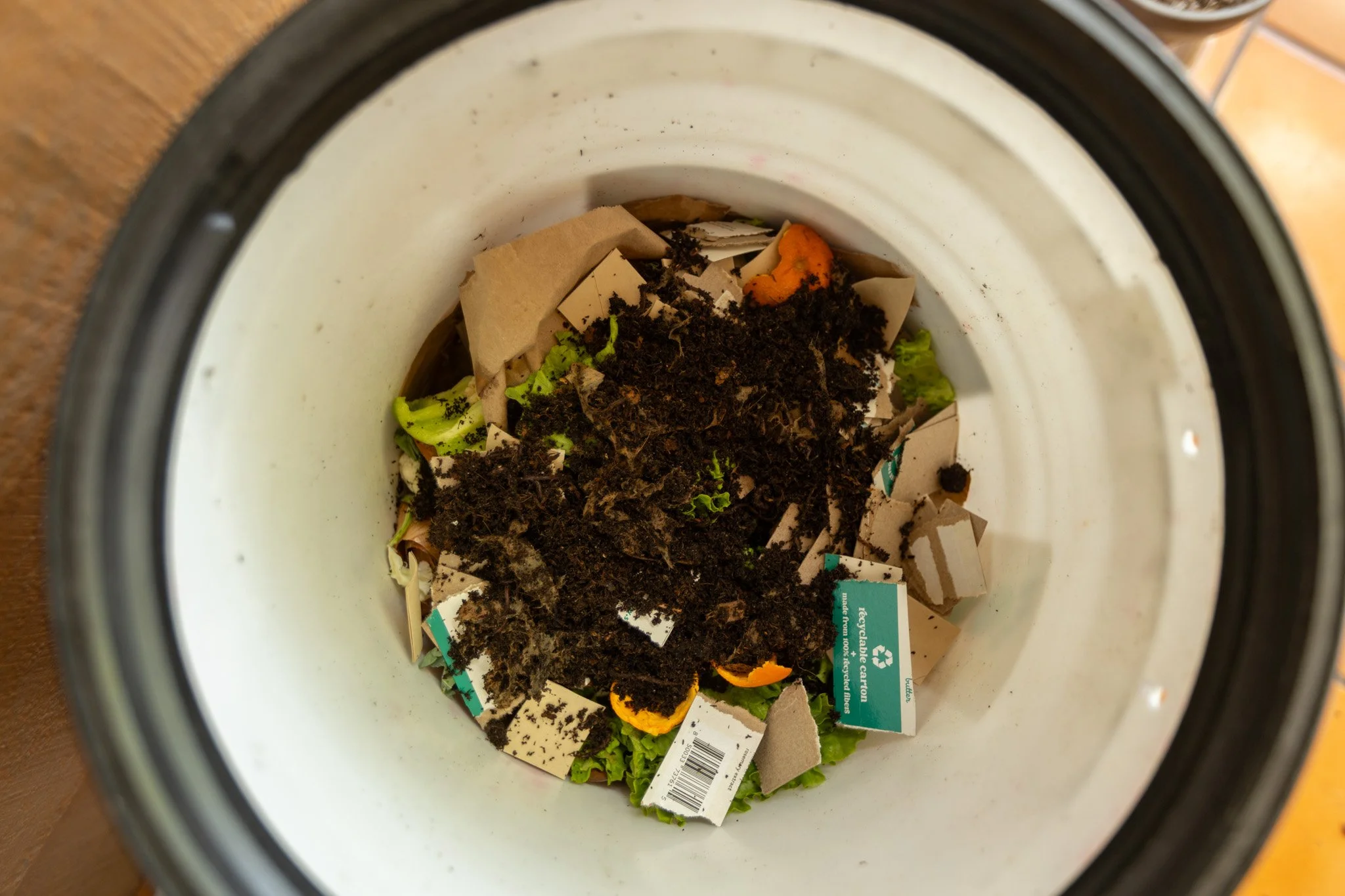I was Wrong About Bioplastics…Let’s Address These Common Myths
I’ve spoken about bioplastics in the past and thought I needed to readdress the topic. My old video still holds up, in my opinion. But some things have come to light over the last 4.5 years that we should talk about, and what the future of bioplastics may look like.
So I’m going to react to my old video with another YouTube video and address the new facts here
What is a bioplastic?
According to the Oxford Dictionary, it is “a plastic derived from biological substances rather than from petroleum, many types of which are biodegradable.”
That’s right. Plastic is usually made from oil, the same kind we turn into gasoline for our cars. So what are bioplastics made of?
According to Green Business Benchmark, “Bioplastics are derived from renewable biomass sources such as vegetable fats and oils, corn starch, straw, woodchips, sawdust, recycled food waste, etc.”
It is true that some food is grown with the explicit purpose of turning it into bioplastics. But how much? Well, about 4.7 billion hectares…which sounds like a lot but is just 0.01% of global agricultural use. The biggest land use is for feeding animals. Here is why going vegan is better for the planet.
Unfortunately, it’s hard to tell brand by brand, product by product, how they make their bioplastics, whether it was made from food waste or made from food grown for that purpose.
Let’s talk compostability
The main attention grabber of bioplastics is that they can be composted, right? Well, mostly. It’s more complicated than you might think.
First, it depends on what that bioplastic is made of. For example, the last time I got Everly Candle refills, I read on their bag that it is only 70% biobased. That means the other 30% of that bag is oil-based, which makes it not compostable after all. They claim you can place it in your home compost and just remove the plastic later once the biobased part of it decomposes, but I personally don’t want plastic in my compost. This is quite common and it’s hard to tell if a bioplastic is 100% biobased unless a company discloses it.
Not only that, but some bioplastics are too thick and durable to be composted at home and require a composting facility. How can you tell the difference?
Thankfully, we have a couple of certifications we can rely on (check out more here). But, unfortunately, not every company is going to get this certification. You can see how murky this gets and fast. But for those companies that do use these certs, here is the gist:
BPI, or Biodegradable Products Institute:
This certification means that something is industrially compostable. It has to go to special facilities and usually involves temperatures around 50 °C/122F. Home compost is usually around 90°F, which is not quite hot enough.
TUV:
an Austrian company known in English as Technical Inspection Association, also certifies for home compostability. Look for the specific “TUV ok home compost” label. TUV tests for the following:
biodegradation (chemical breakdown of the polymer fibers)
Disintegration (physically falling apart of the product into small fragments)
ecotoxicity (test if the composted product does not exert any negative effect on plants)
Heavy metal content
But neither of these certifications means a whole lot if you can’t compost. Good news on this front, BPI is regularly pushing for better state and national compost facilities. It’s amazing if something can be turned into compost, but it’s a shame if it never has that opportunity because it ends up in the landfill. So, do your best to compost them.
So, remember: BPI is for industrial compost only, and TUV can be home or industrially composted. And it’s never a good idea to overload your compost with bioplastics. Be mindful of how much you’re composting and seek out industrial compost where you can.
The future of industrial composting
Well, compost facilities are hard to come by. Check out this cool map to find a composting site near you! Only the green dots are sites that take bioplastics. The closest one to me is over 4 hours driving. This makes effective composting of bioplastics inaccessible.
I think this will increase through time…though it’s hard to say when our entire national government is disincentivizing eco actions. But that doesn’t mean your city or state can’t do something on its own! Be a voice for change in your region. It will take time, but the more noise we make and the more often we do it, the closer we can get to accessible bioplastic composting.
Can bioplastics be recycled?
In my original video, I said no. But things have changed on this front, yay!
Bioplastics with the same chemical makeup as their petroleum-based counterparts can be recycled together. Just like with all oil-based plastics, like materials have to be recycled with like materials. So if your bioplastic bottle is marked as a PET #1 plastic, it can be recycled with oil-derived plastics that are also marked as PET #1. Learn about the 7 types of plastic here.
But it can be hard to sort bioplastics, and not every bioplastic is going to have the same chemical makeup as an oil-based plastic.
To be safe, it’s probably best to NOT recycle them. But you can always call your local recycling facility to see if they have any better insight for you. As always, you should follow your local recycling rules since every region is different. Check out more busted recycling myths here.
Which should you buy?
So are bioplastics worse than plastic? No! As we covered in my original video, bioplastics are less polluting to create since they are made from plants. They are even better when they are made from recycled food waste! But no matter how it’s made, it’s better to make something out of food waste or even grown from the ground instead of extracting oil. The entire process from birth to death of petroleum-based plastics is extremely harmful.
But plastic is recyclable, right? Yes, but recycling rates for plastic are pretty bad. Not to mention, most bioplastics are replacing thin plastics, which are already hard enough to recycle. Plastics #1 and #2, the most common types to purchase and recycle, are not really being replaced by bioplastics.
So a thin plastic is going to end up in the landfill regardless of whether it’s made from plants or oil, so you might as well choose the plant-based one. Though I was correct in my original video, bioplastics do create methane in landfills since they are made out of organic materials. It’s not going to be as much as a full cob of corn, but it’s still notable.
I’d say the choice is yours in what you want to prevent the most.
Are you worried about microplastics? Choose bioplastic.
Are you worried about methane emissions? Choose plastic.
Are you worried about it all? Choose package-free or opt for another material.
I compare all different materials in this post, and honestly, I rank bioplastics pretty high due to the things we discussed today and in the past post.
Honestly, most of my views remain the same, with the exception of the new findings about recycling. I’m glad that video withstood time, check it out!
Let us know below which material you’ll be choosing and if you have any questions about bioplastics moving forward.
As always, remember that your small actions make a big difference in the long run :)
Emma







